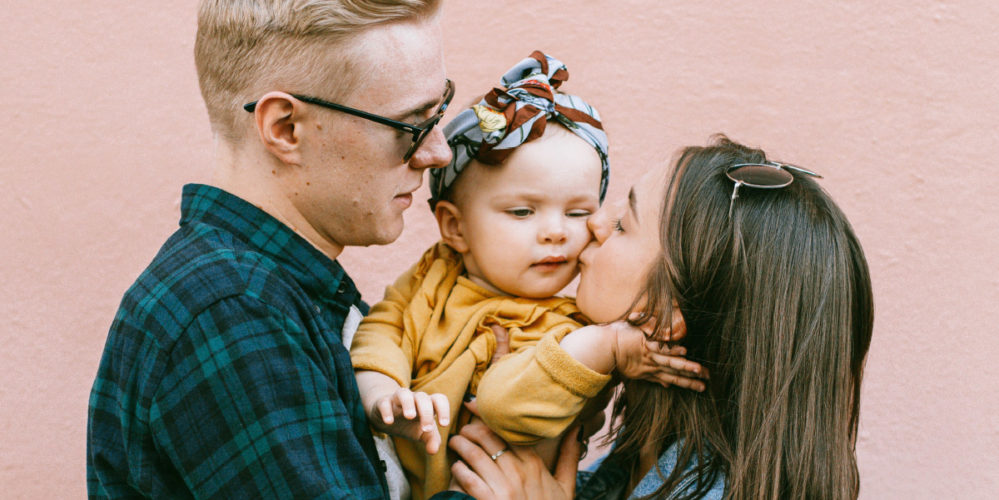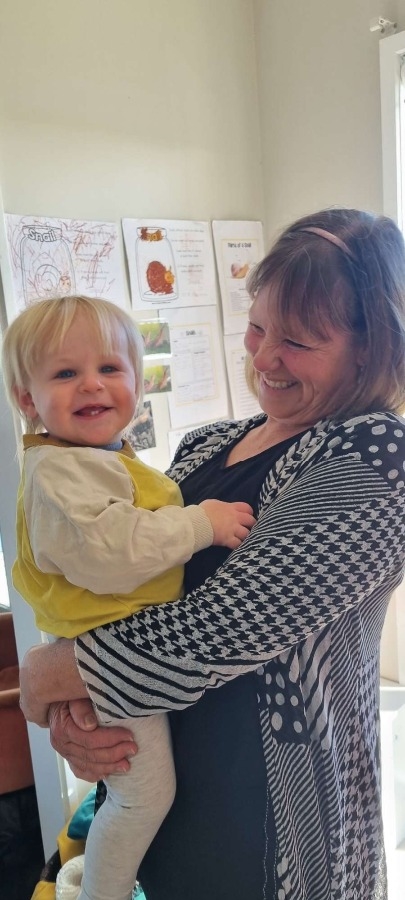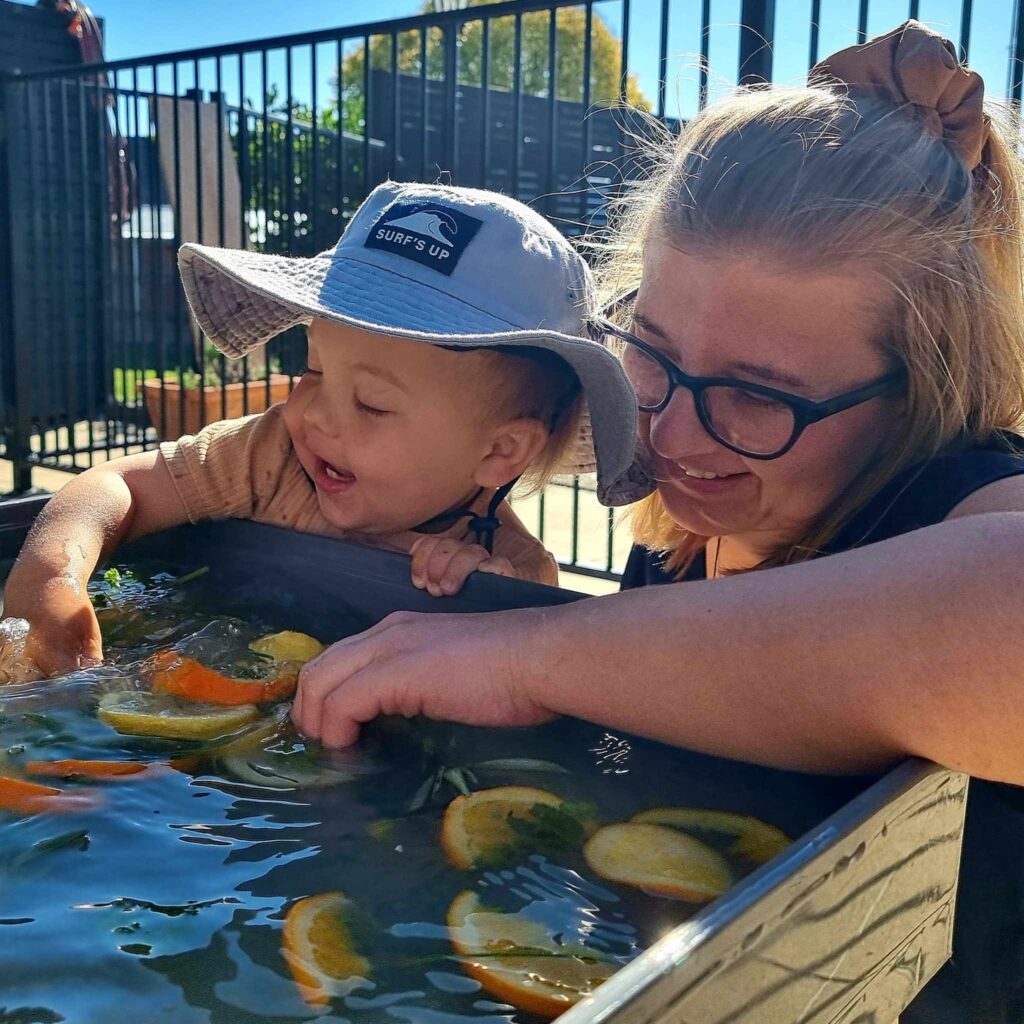Preparing Your Child for Home-based Early Learning

Starting your child’s early learning journey can feel emotional and daunting – but also incredibly exciting! It’s an opportunity to watch them explore a world full of fun, learning, and growth. With thoughtful preparation, you can help ease their transition and set them up for success. Here are some top tips to help you along the way:
1. Get Organised Early
If you’re returning to work, preparation is key. Consider starting your child in care before your official return. This will give you the flexibility for shorter settling days and allow ample time to support their adjustment. Our Nurture@Home Educators are skilled at helping children build trust, develop a sense of belonging, and form new attachments – but it’s important to remember that this process may take time.
Prepare your child for the care environment by gradually adjusting their routines. For example, if your breastfeeding, start introducing bottle feeds with pumped milk so your child becomes comfortable feeding from others.
If your child is used to being rocked to sleep or ‘contact napping’ begin working on self-settling at home. Practising independent sleep, such as falling asleep in a cot with peaceful music or white noise, will help them rest more easily when in care.
2. Build a Relationship with Your Child’s Educator
Your child will feel more secure if they sense your trust in their Educator. We recommend starting with at least two weeks of visits before their official start date. Begin by visiting together, then gradually leave for short periods, increasing the duration as your child becomes more comfortable.
These visits help build trust and allow your child to learn that their Educator is there to meet their needs and support them emotionally. A gradual transition makes it easier for your child to settle when care officially begins.
3. Keep Communication Open
Maintaining clear communication with your child’s Educator throughout the process is essential. Share updates on their progress, ask questions, and discuss any concerns you may have. By implementing these strategies early, you’ll help your child transition smoothly and feel confident in their new environment.
Once they’ve settled in, you’ll begin to see the benefits of Nurture@Home quality home-based early learning – where reciprocal relationships, individualised care, and engaging learning experiences support your child’s confidence, happiness, and growth.
Separation Anxiety: A Natural Stage
Separation anxiety typically peaks between 7-14-months and tends to ease by age 2. As children grow, they become more aware of unfamiliar people and places, which can initially feel overwhelming. However, with reassurance and gradual exposure, children can build trust, confidence, and a sense of security in their new environment.
Even children who are typically confident can experience emotional challenges and become unsettled around the 3–5-week mark as they adjust to the childcare routine. How we respond to these reactions during this period can significantly influence how long the unsettled phase lasts. Demonstrating confidence in your choice of childcare and in the educator can make a positive difference during this transition.”
Top Tips for a Positive Transition
1. Create a Transition Plan
- Starting your transition early allows for shorter settling periods, helping your child become familiar with their new surroundings at a gentle pace. This also gives you time to pop back if your child needs extra cuddles or comfort, ensuring a stress-free start for both of you.
2. Implement Gradual Visits to Build Familiarity and Trust
- Visit the Educator’s home with your child before the official start date, creating positive memories together.
- Attend Playschool or invite your Educator to visit at home, helping your child feel at ease by seeing your positive interactions with their care
3. Speak Positively and Prepare at Home
- Talk enthusiastically about their new friends, Educator, and activities to foster excitement and confidence.
- Practice any new routines at home, like bottle feeding or self-settling for naps, to help your child adjust more smoothly.
4. Communicate Openly
- Share important information with your Educator about your child’s favorite routines, comfort items, and settling strategies. Establish regular check-ins (via text, phone, or notebook) to stay updated.
- Reassure your child by explaining what’s happening and letting them know when you’ll be back.
5. Validate Their Feelings
- Encourage your child to express their emotions, whether they’re feeling sad, worried, or excited. Acknowledging their feelings with empathy and kindness helps them feel understood and supported.
6. Create a Loving Goodbye Routine
- A consistent goodbye routine—like a hug, kiss, and cheerful “See you soon”—helps your child feel secure. Avoid sneaking away; instead, show them that saying goodbye is part of a reassuring routine and that you’ll always return.
7. Bring Comfort Items
- Pack familiar items, such as a favourite toy, blanket, or a top with your scent, to help your child feel connected to home while they settle in.
8. Stay Calm and Consistent
- Settling can take time, but consistency and calm reassurance help your child adjust. If you have concerns, collaborate with your Educator to explore new strategies and keep the process positive.
When your child begins excitedly sharing stories about their day, showing you what they’ve created, and happily joining their Educator in the morning, you’ll know they’ve adjusted beautifully. Watching your child flourish in their new environment will remind you that this exciting journey was worth every step!



